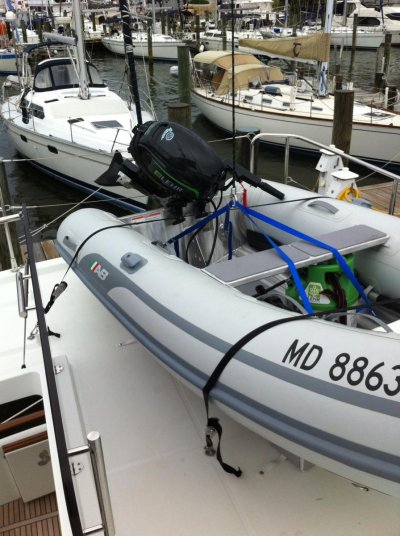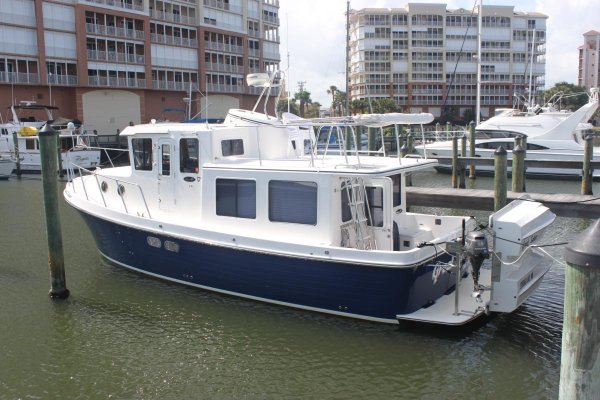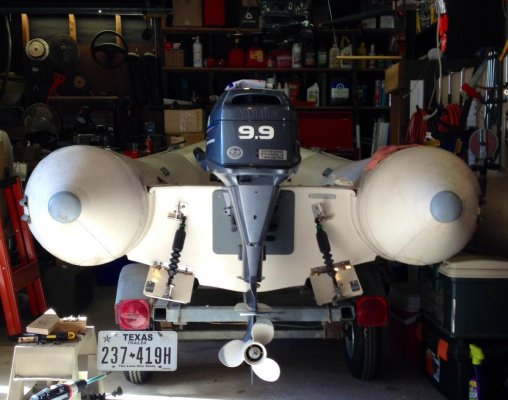rclarke246
Senior Member
- Joined
- Mar 17, 2014
- Messages
- 450
- Location
- USA
- Vessel Name
- Lady Di
- Vessel Make
- 2012 Beneteau Swift Trawler 44
Got a new Lehr 9.9, long shaft, with a new AB 9' aluminum hull RIB.
Planes fine with just me but won't with 2nd passenger.
Dealer has been notified. Thinking about a different prop and a few other adjustments to the engine, like a slight tilt (bringing prop up slightly) or perhaps putting a spacer (1") on the top edge of the transom.
Planes fine with just me but won't with 2nd passenger.
Dealer has been notified. Thinking about a different prop and a few other adjustments to the engine, like a slight tilt (bringing prop up slightly) or perhaps putting a spacer (1") on the top edge of the transom.





